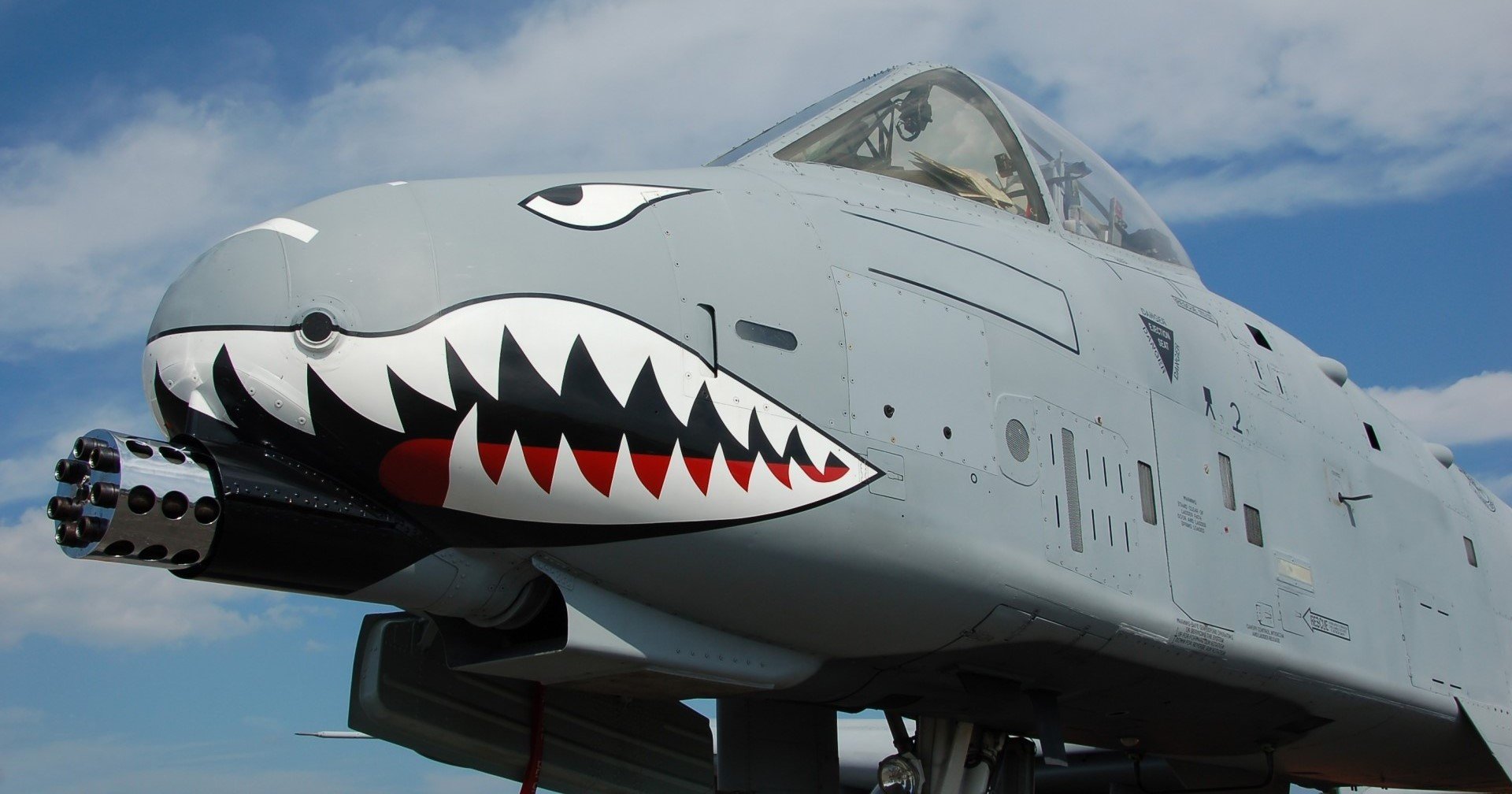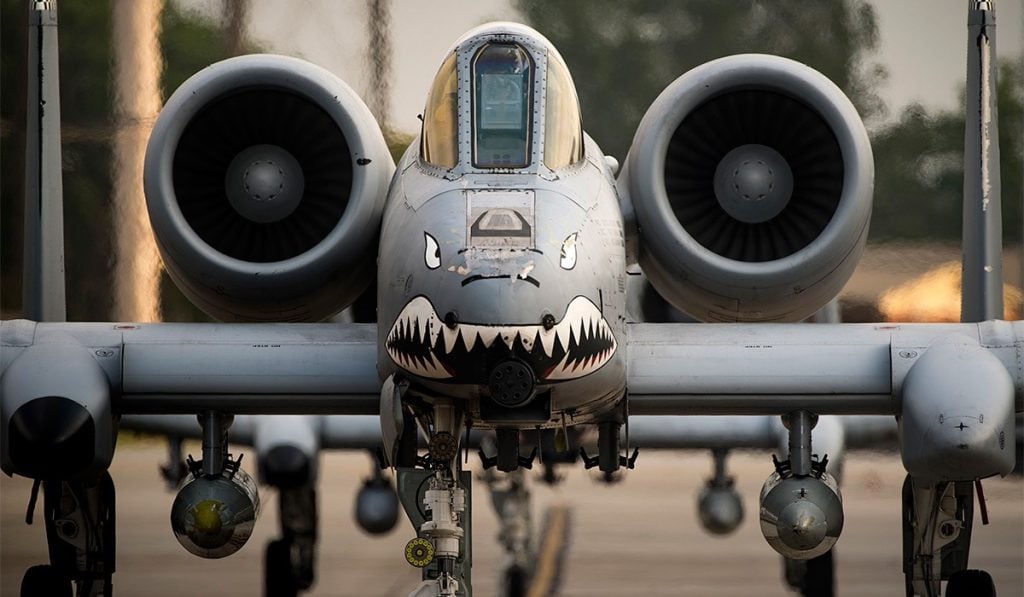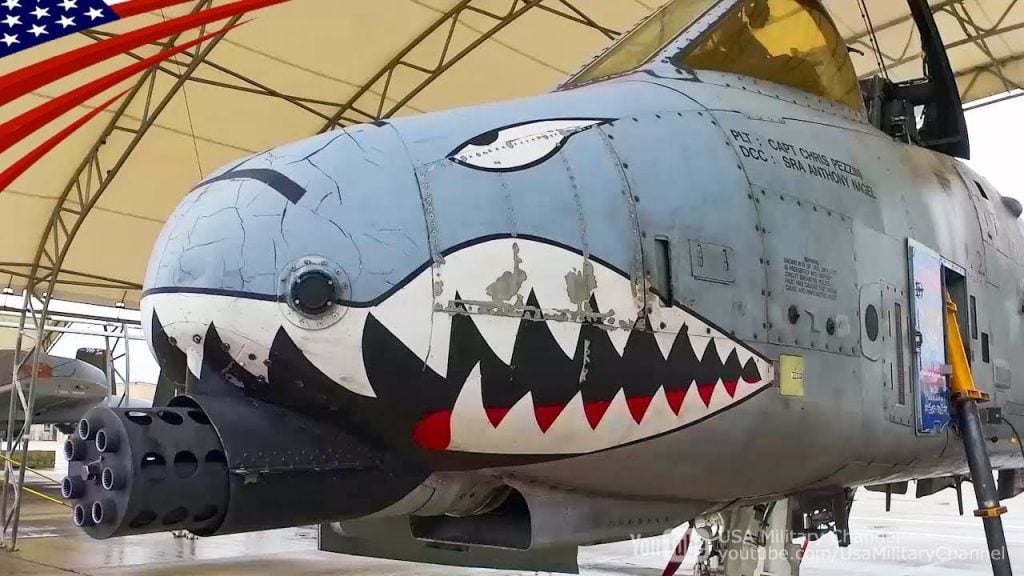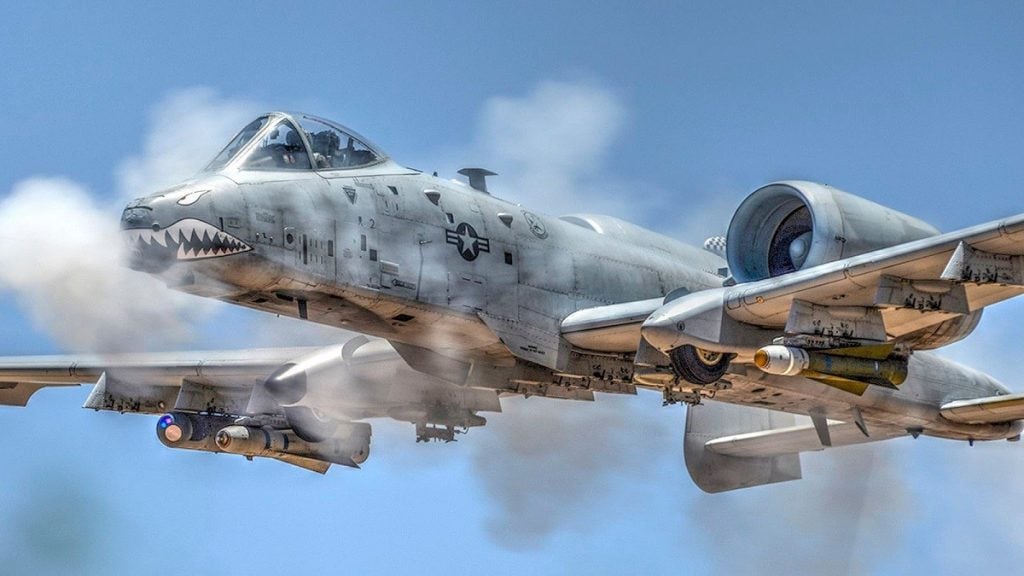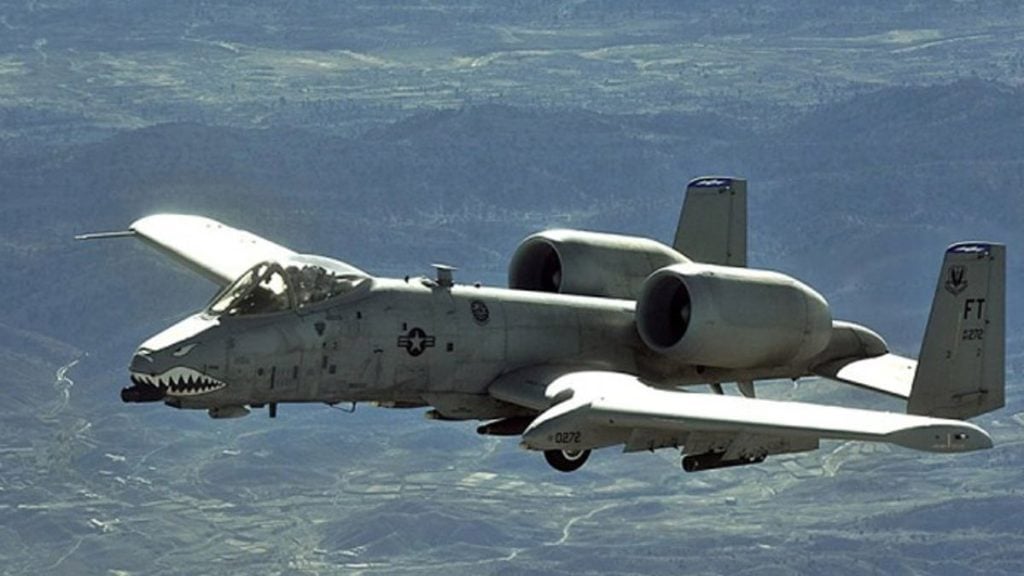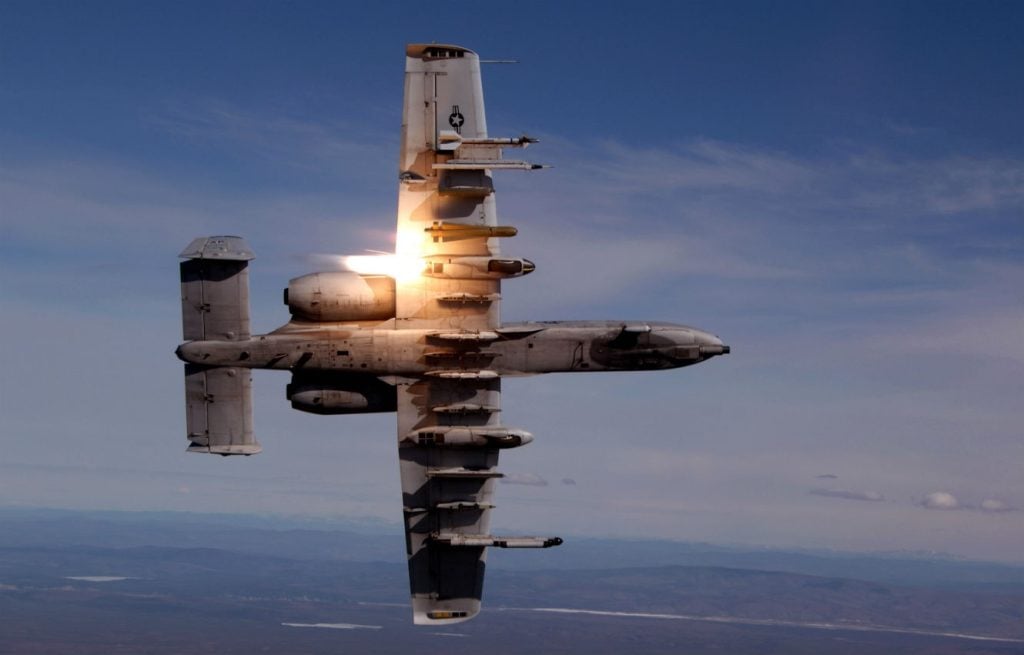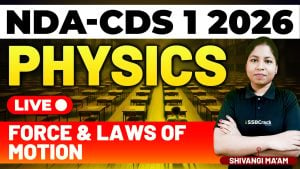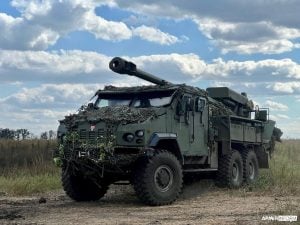The Fairchild Republic A-10 Thunderbolt II, affectionately known as the “Warthog,” has long been a formidable workhorse in the United States Air Force (USAF). As this iconic aircraft nears the end of its service, the airmen at the 23rd Maintenance Squadron at Moody Air Force Base in Georgia have given it a remarkable makeover, transforming it into a true “Flying Tiger.” This distinctive new look not only enhances the aircraft’s aesthetic appeal but also serves as a powerful symbol of the A-10’s storied history and its continued relevance in modern aerial warfare. This article delves into the How the A-10 Warthog Transformed Into a ‘Flying Tiger’.
The Iconic Shark Teeth Design
The A-10’s iconic shark teeth nose art is more than just a stylistic choice; it is a visual representation of the aircraft’s formidable close air support capabilities and its deep-rooted connection to the legendary “Flying Tigers” of World War II. The distinctive shark teeth design, which has been a hallmark of the A-10 for decades, was originally inspired by the iconic markings of the Curtiss P-40 Warhawk flown by the American Volunteer Group (AVG), also known as the Flying Tigers, during their campaign against the Japanese in China.
Future Prospects of Naval Laser Weapons
The Origins of the Shark Teeth Design
While the Flying Tigers are often credited with pioneering the shark teeth design, the origins of this iconic imagery can be traced back to the Royal Air Force (RAF) No. 112 Squadron, which used the menacing smile on their Curtiss fighters in the deserts of North Africa during World War II. The AVG’s Charles Bond reportedly saw a photograph of these aircraft and suggested the idea to their commander, Claire Chennault, who initially rejected the proposal. However, the distinctive design quickly caught on among the AVG pilots and ground crew, who embraced the fierce and intimidating appearance it brought to their aircraft.
Reviving the Tradition
The recent application of the shark teeth nose art on the A-10C Thunderbolt II at Moody Air Force Base is a testament to the enduring legacy of the Flying Tigers and the continued importance of the A-10 in modern aerial warfare. The meticulous, multi-step painting process, involving washing, sanding, masking, and applying multiple colors, ensures that the iconic design is faithfully reproduced on the aircraft’s surface.
The Significance of the Shark Teeth
The shark teeth design on the A-10 Warthog serves as a powerful symbol of the aircraft’s formidable close air support role and its connection to the historical exploits of the Flying Tigers. As Tech. Sgt. Mark King, the 23rd Maintenance Squadron’s corrosion manager, explains, “The A-10 teeth are iconic in their own way. It’s even been adopted by the fashion industry and the teeth are everywhere. We’re the only ones in the Air Force that actually apply it to our nose art, and it means a lot to be able to represent it.”
The Operational Effectiveness of the A-10
The distinctive appearance of the A-10 Warthog, with its shark teeth markings, is not merely a matter of aesthetics; it is a crucial aspect of the aircraft’s operational effectiveness. The unmistakable shark teeth design serves as a visual deterrent, striking fear into the hearts of adversaries and instilling confidence in allied forces. As Airman 1st Class Leonid Soubbotine of the 23rd Wing Public Affairs at Moody AFB notes, “The distinctive appearance of the military aircraft is not just a matter of aesthetics, but a crucial aspect of our operational effectiveness – projecting power and intimidating adversaries.”
The A-10’s Enduring Legacy
Despite the A-10’s advancing age and the impending end of its service with the USAF, the recent application of the iconic shark teeth nose art serves as a powerful reminder of the aircraft’s enduring legacy. The A-10 has proven its worth time and time again, providing unparalleled close air support to ground forces and earning the respect and admiration of both allies and adversaries. The shark teeth design, which has become synonymous with the Warthog, will continue to be a symbol of the aircraft’s formidable capabilities and its deep-rooted connection to the storied history of aerial warfare.
The Painting Process
The process of applying the shark teeth nose art to the A-10C Thunderbolt II is no easy feat. It involves a meticulous, multi-step procedure that requires specialized equipment and skilled airmen. As described by Staff Sgt. William Rogers, 23rd Maintenance Squadron aircraft structural maintenance craftsman, the process begins with a thorough washing of the aircraft, followed by sanding and masking to prepare the surface for painting. The actual painting process involves multiple colors, stencils, and different curing times, ensuring that the iconic design is faithfully reproduced on the aircraft’s surface.
Why These 5 Countries Buy Chinese Fighter Jets
The Moody Air Force Base Connection
The A-10 Warthog’s shark teeth nose art has become synonymous with the 23rd Wing at Moody Air Force Base, Georgia. As Tech. Sgt. King notes, “We’re the only ones in the Air Force that actually apply it to our nose art, and it means a lot to be able to represent it.” This exclusive association with Moody AFB further strengthens the A-10’s connection to its historical roots and reinforces the aircraft’s reputation as a formidable close air support platform.
The A-10’s Continued Relevance
As the A-10 Warthog nears the end of its service with the USAF, the recent application of the iconic shark teeth nose art serves as a powerful reminder of the aircraft’s continued relevance and importance in modern aerial warfare. The Warthog’s unparalleled close air support capabilities, combined with its distinctive and intimidating appearance, have made it an indispensable asset in the USAF’s arsenal. The shark teeth design, which has become synonymous with the A-10, will continue to be a symbol of the aircraft’s enduring legacy and its ability to strike fear into the hearts of adversaries.
The Emotional Connection
The A-10 Warthog’s shark teeth nose art evokes a sense of nostalgia and pride among those who have served with the aircraft. For the airmen of the 23rd Maintenance Squadron, the opportunity to apply this iconic design is more than just a routine maintenance task; it is a chance to honor the A-10’s storied history and to connect with the aircraft’s rich legacy. As Staff Sgt. Rogers explains, “It feels great knowing that these jets are providing close air support for the troops on the ground. We’re the only ones with those teeth, so they know who we are, where we’re from and what we do. Once they see the teeth, they know that Moody is here!”
The Future of the A-10 Warthog
Despite the impending retirement of the A-10 Warthog, the recent application of the iconic shark teeth nose art at Moody Air Force Base serves as a testament to the aircraft’s enduring legacy and its continued importance in the USAF’s arsenal. As the Warthog prepares to take its final bow, the shark teeth design will remain a powerful symbol of the aircraft’s formidable capabilities and its deep-rooted connection to the storied history of aerial warfare. The A-10’s legacy will continue to inspire and captivate future generations of aviators, ensuring that the Warthog’s impact on the battlefield will never be forgotten.
Know the 5 Types of Drones Used by the US Military
Conclusion
The transformation of the A-10 Warthog into a “Flying Tiger” at Moody Air Force Base is a testament to the enduring legacy of this iconic aircraft. The meticulous application of the shark teeth nose art, a visual representation of the A-10’s formidable close air support capabilities and its historical ties to the legendary Flying Tigers, serves as a powerful symbol of the aircraft’s continued relevance and importance in modern aerial warfare. As the Warthog nears the end of its service, the shark teeth design will remain a lasting testament to the A-10’s enduring legacy and its ability to strike fear into the hearts of adversaries while inspiring confidence in allied forces.
FAQs
1. What is the A-10 Warthog?
The A-10 Thunderbolt II, commonly known as the A-10 Warthog, is a U.S. Air Force attack aircraft designed for close air support of ground forces. It is renowned for its durability, firepower, and ability to fly low and slow.
2. Why is it called the ‘Flying Tiger’?
The A-10 Warthog earned the nickname ‘Flying Tiger’ due to its transformation through various enhancements and its distinctive nose art featuring tiger shark teeth. This imagery was inspired by the World War II-era P-40 Warhawk fighter planes flown by the American Volunteer Group, known as the Flying Tigers.
3. What are the key enhancements that transformed the A-10 into a ‘Flying Tiger’?
The transformation included upgrades in avionics, targeting systems, and weaponry. Improvements such as the integration of advanced targeting pods, precision-guided munitions, and upgraded cockpit displays significantly enhanced the A-10’s combat capabilities.
4. How has the upgraded A-10 improved in combat effectiveness?
The upgraded A-10 can now engage targets more accurately and from a greater distance. The integration of precision-guided munitions allows for more effective strikes against enemy forces while reducing collateral damage. Enhanced targeting systems also improve pilot situational awareness and mission success rates.
5. What role does the ‘Flying Tiger’ A-10 play in modern military operations?
The ‘Flying Tiger’ A-10 continues to play a crucial role in close air support missions. Its ability to provide precise and powerful support to ground troops makes it invaluable in contemporary combat scenarios, especially in asymmetric warfare and counter-insurgency operations.
